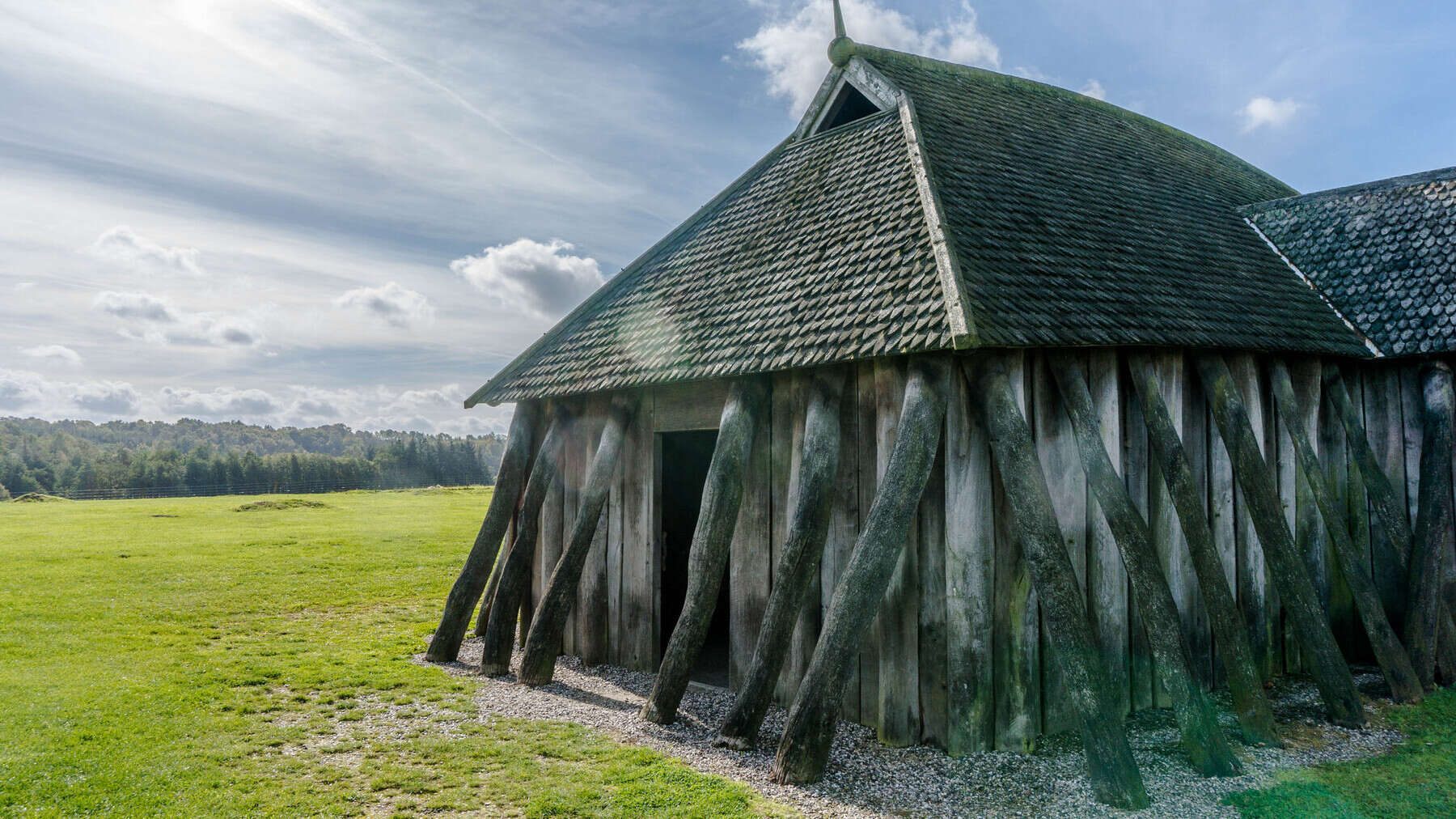
Ever wondered about the homes that sheltered ancient warriors and wise elders in times long past? Longhouses, those sprawling wooden structures that once dotted landscapes from Europe to North America, hold secrets and stories of communal living that might just surprise you. Why did entire communities choose to live under one roof, and what made these structures so special? Yes, longhouses were more than just homes; they were centers of culture, governance, and social life. With their fascinating architecture and rich history, these iconic dwellings offer a glimpse into the lives of our ancestors. Ready to uncover some of the most intriguing facts about longhouses? Let's step back in time and discover the marvels of these ancient abodes, where every beam and every corner tells a tale of unity, strength, and ingenuity.
Key Takeaways:
- Longhouses are traditional communal homes used by indigenous peoples, like the Iroquois and Vikings. They were not just houses, but also centers for social activities and ceremonies, promoting unity and cooperation.
- Longhouses continue to inspire modern architecture with their sustainable design and community-oriented living spaces. Efforts to preserve and educate about longhouses are underway, keeping their cultural significance alive for future generations.
What is a Longhouse?
Longhouses are traditional dwellings used by various indigenous peoples around the world, notably by the Iroquois in North America and the Vikings in Scandinavia. Characterized by their elongated shape and communal living spaces, these structures were not just homes but also centers of social and ceremonial activities. Constructed from materials readily available in the environment, longhouses reflect the ingenuity and cultural practices of their builders.
Origins and Construction
-
The origins of longhouses trace back thousands of years, with evidence suggesting their use during the Neolithic period. These structures were built using timber, with walls often made from woven branches covered in mud or clay to insulate and protect the inhabitants from the elements.
-
In Scandinavia, Viking longhouses were constructed with a strong timber frame, and roofs covered in turf or thatch. This design provided excellent insulation during cold winters.
-
Iroquois longhouses, found in North America, could be up to 200 feet long and housed multiple families from the same clan. The structure was made of a wooden frame covered with sheets of bark.
Cultural Significance
-
Longhouses were more than just residences; they were the heart of the community. They hosted social gatherings, ceremonies, and meetings, playing a crucial role in the cultural and social life of the community.
-
Among the Iroquois, longhouses symbolized the unity of the clan, with each family having its own designated space within the communal structure. The hearth of each family was shared, promoting a sense of unity and cooperation.
Architectural Features
-
A distinctive feature of longhouses is their lack of internal walls, creating a large, open communal living space. Private areas were designated by partitions or simply by the arrangement of furniture.
-
The long, narrow design was practical, allowing for efficient heating and ventilation. A central aisle ran the length of the longhouse, with fire pits spaced evenly along it, providing warmth and light.
Adaptations and Modern Legacy
-
Over time, longhouses have been adapted to suit changing environmental conditions and lifestyles. For example, in some regions, modern materials have been incorporated into traditional designs, blending ancient customs with contemporary needs.
-
Today, longhouses continue to inspire modern architecture, with their sustainable design principles and community-oriented living spaces gaining appreciation in an era seeking greener, more socially inclusive housing solutions.
Preservation and Education
-
Efforts to preserve longhouses and their associated cultural practices are underway in various parts of the world. These initiatives often involve the reconstruction of traditional longhouses using historical methods and materials.
-
Educational programs aimed at teaching the public about the historical and cultural significance of longhouses are becoming increasingly popular, helping to keep the knowledge and traditions alive for future generations.
Conclusion
-
Longhouses are a testament to the ingenuity and cultural richness of the peoples who built and lived in them. From their origins in the Neolithic period to their influence on modern architecture, these structures remind us of the importance of community, sustainability, and respect for the environment.
-
As we continue to learn from the past, the lessons embodied in the design and use of longhouses can guide us toward more sustainable and community-focused living arrangements in the future.
A Final Glimpse into Longhouse Life
Longhouses, with their rich history and cultural significance, stand as a testament to the ingenuity and communal spirit of early societies. These structures weren't just homes; they were centers of social, political, and spiritual life. From the Vikings in Scandinavia to the Iroquois in North America, longhouses facilitated a way of living that deeply respected the balance between individual and community needs. They were marvels of construction, tailored to the environments they stood in and the materials available, showcasing a deep understanding of sustainable living. As we reflect on these fascinating dwellings, it's clear they offer more than just historical insights. They remind us of the importance of community, sustainability, and adaptability—lessons that are just as relevant today. Longhouses, in essence, are not just relics of the past but beacons guiding us towards a more communal and sustainable future.
Frequently Asked Questions
Was this page helpful?
Our commitment to delivering trustworthy and engaging content is at the heart of what we do. Each fact on our site is contributed by real users like you, bringing a wealth of diverse insights and information. To ensure the highest standards of accuracy and reliability, our dedicated editors meticulously review each submission. This process guarantees that the facts we share are not only fascinating but also credible. Trust in our commitment to quality and authenticity as you explore and learn with us.
